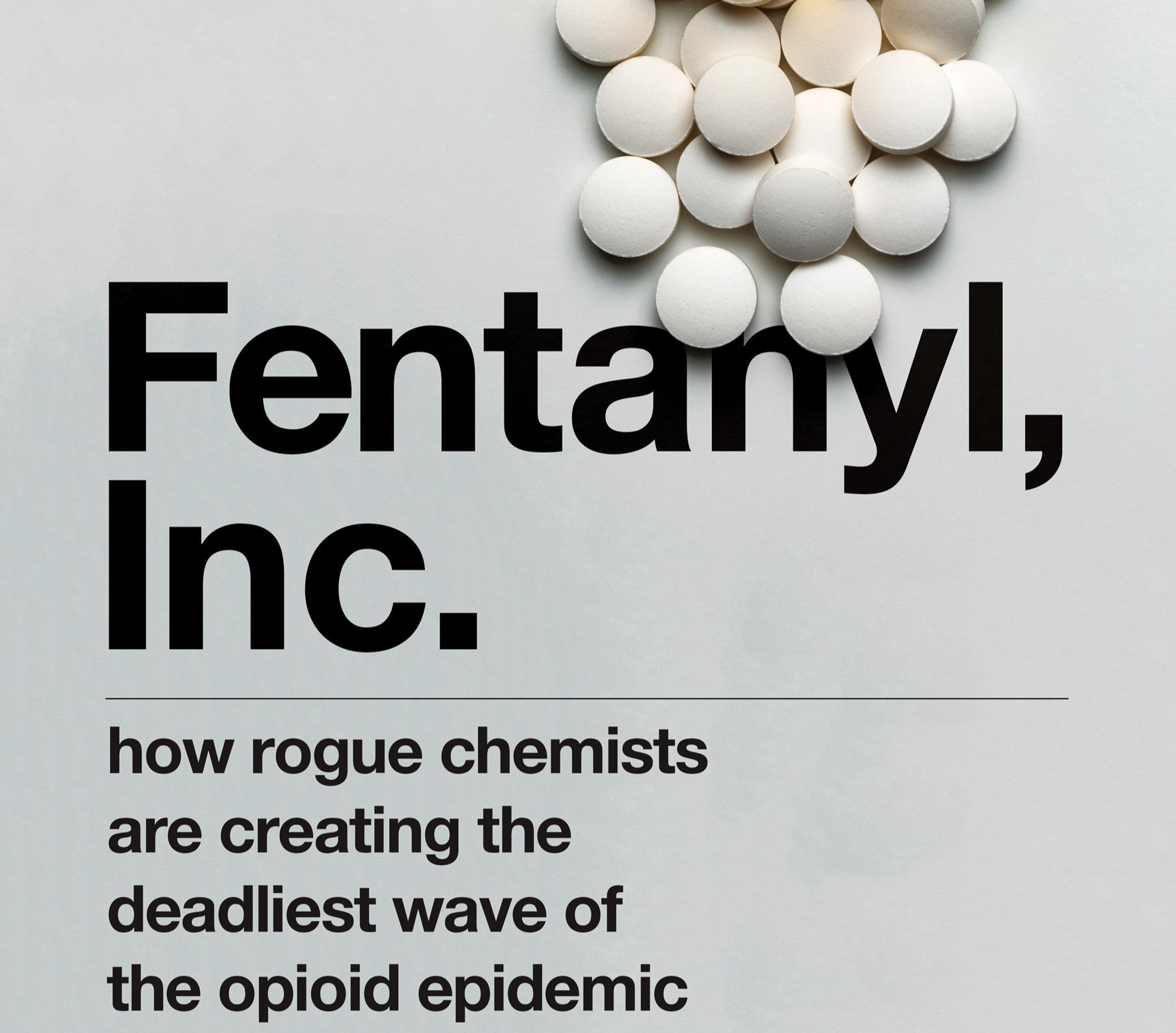Who is the inventor of the deadly drug fentanyl?
Who is the inventor of fentanyl, which experts recommend staying away from, saying, "This is a new era. We haven't seen anything like this since heroin hit the streets more than a century ago."

One of the first jobs of the pharmaceutical company, which was founded by Belgian Paul Janssen in 1953 with his own surname, was to find fentanyl. Shortly after it was developed in 1959, it became an intravenous anesthetic.
Fentanyl, also spelled fentanil, is a highly potent synthetic piperidine opioid drug primarily used as an analgesic. Because fentanyl is 50 to 100 times more potent than morphine, its primary clinical utility is in pain management for cancer patients and those recovering from painful surgical operations. Fentanyl is also used as a sedative.
Its main purpose is to relieve intense pain. A pain reliever is 100 times stronger than morphine and 50 times stronger than heroin.
This drug in the opioid class is only given in pharmacies to patients who normally already use a substance in this class or to those who are in a lot of pain. It is usually applied to cancer patients or those who have had surgery.
Similar to heroin, it can create a temporary feeling of euphoria, calmness, and relaxation. However, blood pressure drops, a feeling of dizziness comes along with it, and ineffective and slow breathing, also known as respiratory depression, is caused by breathlessness.
Paul Adriaan Jan, Baron Janssen (12 September 1926 – 11 November 2003) was a Belgian physician. He was the founder of Janssen Pharmaceutica, a pharmaceutical company with over 20,000 employees which is now a subsidiary of Johnson & Johnson. Altogether Janssen and his cadre of scientists discovered more than eighty new medications, four of which are on the WHO list of essential medicines. In 1991, he was elevated to the Belgian nobility by King Baudouin receiving the title of Baron.
There are also negative effects such as shrinkage of the pupil, vomiting, and inability to completely empty the urinary bladder.
Codenames on the US streets also include Apache, Chinese Girl, Chinatown, Friend, Goodfellas, Big Bear, He-Man, Jackpot, Tango, and Cash.
How is fentanyl used?
Types sold in pharmacies include tablets, skin patches, nasal sprays, and lozenges that look like lollipops.
The smuggled ones look like white powder and are usually sold in tablet form. When it was determined that the rainbow-colored tablets seized in the USA contained fentanyl, narcotics claimed that these pills were dyed like this to give the message "There is fentanyl in" to the users.
Paper-impregnated versions such as LSD are also reportedly sold on the illicit market. DEA states that fentanyl can be used with a syringe-like heroin, in cigarette form like cannabis, orally like ecstasy, and by putting a paper under the tongue like LSD.
How deadly?
Fentanyl was the most potent opioid when it was first produced. Only 2 milligrams can cause death from overdose.
Drug dealers can sell it directly or mix it with heroin and cocaine to exert a stronger effect. Users, who do not know that there is fentanyl in the product given to them, take this substance into their bodies in a lethal dose without realizing it. Because 1 milligram of fentanyl has the same effect as 50 milligrams of heroin or 100 milligrams of morphine.
Experts point out that people who thought they were taking painkillers or antidepressants died from fake drugs mixed with fentanyl.
In November, the DEA announced that they had found a potentially lethal dose of fentanyl in 6 of every 10 counterfeit prescription drugs they tested in their labs. The previous year, this rate was 4 out of 10.
Tests for detecting fentanyl can detect whether a drug contains this substance with an accuracy of 97 percent. However, this method is also not considered very safe, as it cannot detect derivatives or other deadly substances.
Considering that the materials in the purchased goods are not homogeneously distributed, the reliability of the tests weakens. Because the sample taken does not represent the whole.
There have been three major opioid epidemics in the United States. The first of these originated in the 1990s with prescription pain relievers such as OxyContin and Vicodin. The second occurred when addicts turned to heroin in 2010. Beginning in 2013, fentanyl-induced overdose reached its peak.
In 2016, fentanyl surpassed heroin as the opioid causing the most deaths from overdose. 19,720 people died that year due to synthetic opioids. In 2021, this figure exceeded 71 thousand.
